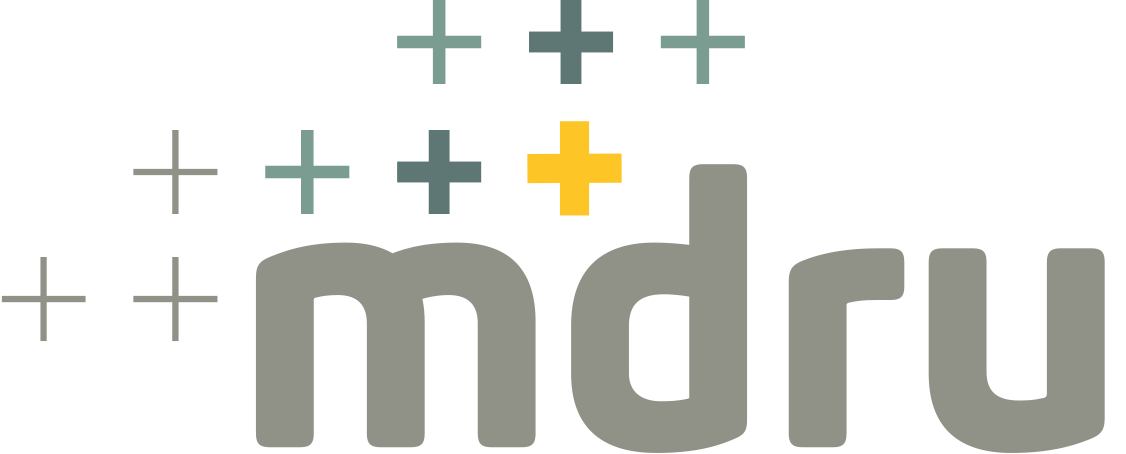Project Information
- Research Themes: Exploration Methods
- Location: British Columbia
- Project Status: Active
- Researchers: Rachel Simister
- Students: Bianca Iulianella Phillips
A gram of fertile soil typically hosts more than 1 billion microbial cells with 10s or even 100s of thousands of bacterial species each interacting with the environment. Together, they are largely responsible for the processing of nutrients and carbon in the soil, regulating the decomposition of mineral and waste materials and the regeneration of soil fertility. Bacteria are very sensitive and responsive to chemical and physical changes in their environment. Subtle changes in metal availability
can have a dramatic impact on microbial communities and their levels of activity. In residual terrains, where chemical gradients are high over exposed mineralization, bacterial population changes have been clearly demonstrated.
The advent of high-throughput next generation sequencing (NGS) platforms has transformed our capacity to interrogate the molecular fingerprints of microbial communities. Application of NGS technologies will allow us to profile the taxonomic diversity and metabolic potential of soil microbial communities across subtle geochemical gradients developed in soils in response to concealed mineralization. Given that each soil sample comprises thousands of microbial taxa each of which contains hundreds to thousands of genes, the statistical power of this approach to identifying anomalies is unprecedented.
This project was generously sponsored by Geoscience BC.
This project tested the capacity for molecular analyses (gene sequencing) of soil microbial communities to reveal mineral deposits buried under exotic cover. Microorganisms are the world’s best geochemists, catalyzing and exploiting geochemical reactions to support their metabolism and growth. As such, microbial communities are immensely sensitive and responsive to chemical and physical gradients and their dynamics in the environment. Subtle changes in metal bioavailability, for example, can be reflected in dramatic shifts in microbial community composition and activity. Application of modern sequencing technologies will allow us to profile the taxonomic diversity and metabolic potential of soil microbial communities across subtle, and often poorly resolved, geochemical gradients that can develop in soils in response to mineralization under cover. Given that each soil sample is comprised of thousands of microbial taxa each containing hundreds to thousands of genes, the statistical power of this approach to identifying anomalies is unprecedented.
The results of the microbial analyses will be integrated with geochemical, geological, and physical data to fingerprint community shifts that are uniquely related to mineralization proximity. Deliverables include microbial community fingerprints of soils, a pipeline for identifying fingerprint anomalies, and maps and statistical tools for integrating geological, geochemical, and geophysical data with microbiological data. The research will also add to a growing dataset describing and cataloging microbial communities in soils across BC with utility across multiple resource sectors.
Publications
Microbial-Community Fingerprints as Indicators for Buried Mineralization in British Columbia (PDF 9.6Mb)
Simister, R.L., Iulianella Phillips, B.P., Winterburn, P.A., and S.A. Crowe (2020)
Geoscience BC Report 2020-03, MDRU Publication 446, 31 p.
2016-025_Schol_SoA2018_MM_SimisterAndPhillips
in Geoscience BC Summary of Activities 2018: Minerals and Mining, Geoscience BC, Report 2019-1, p. 15–26.



